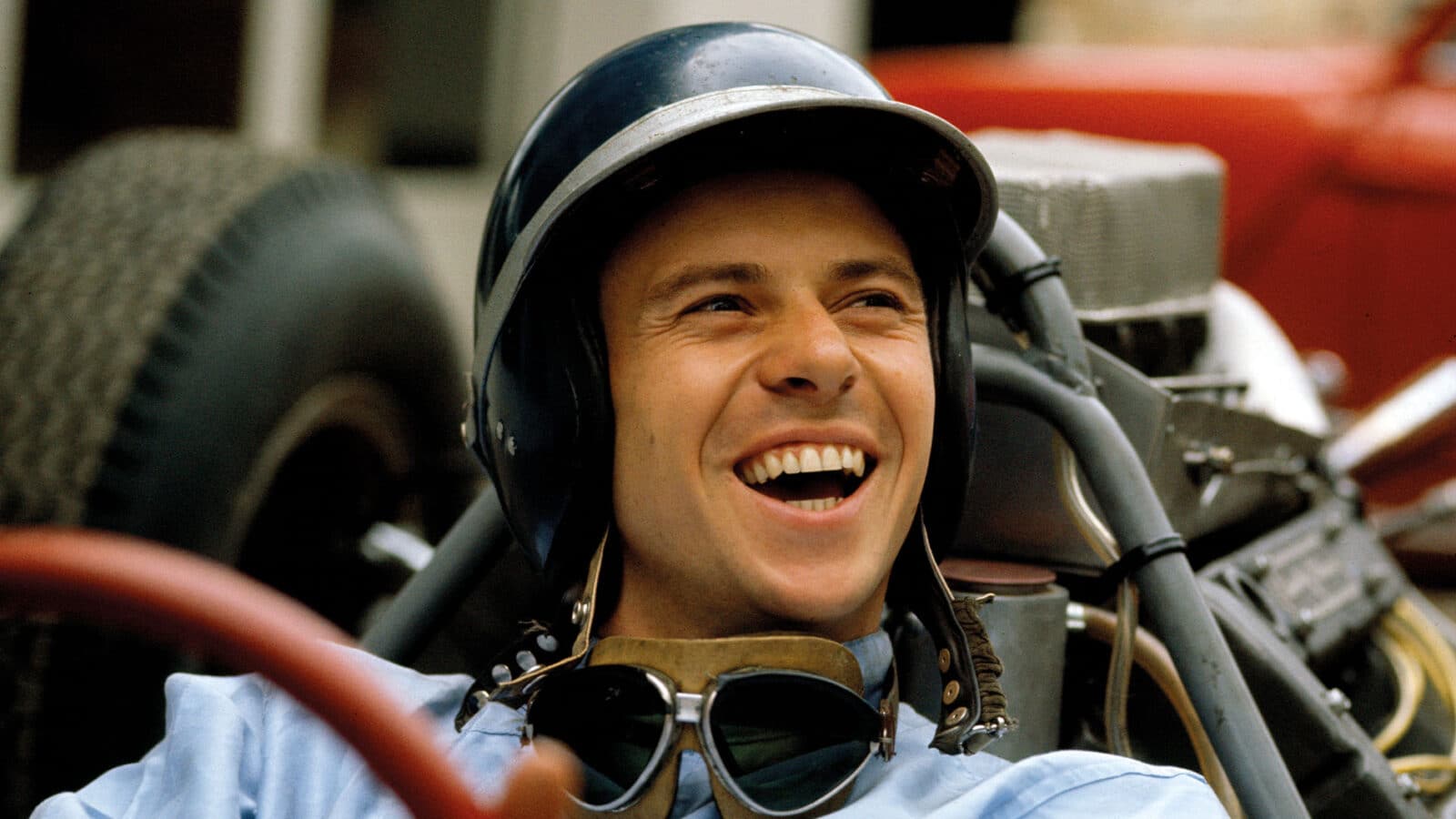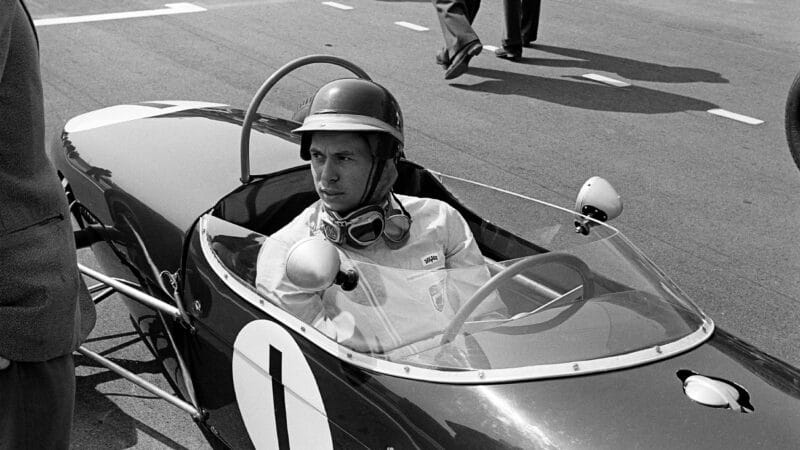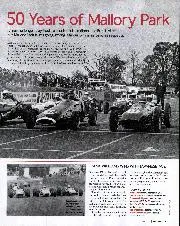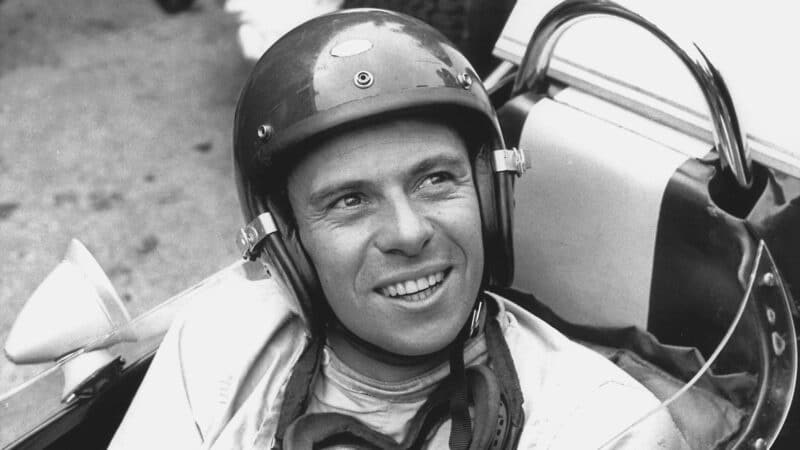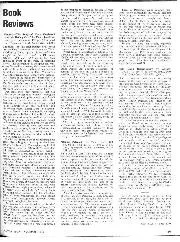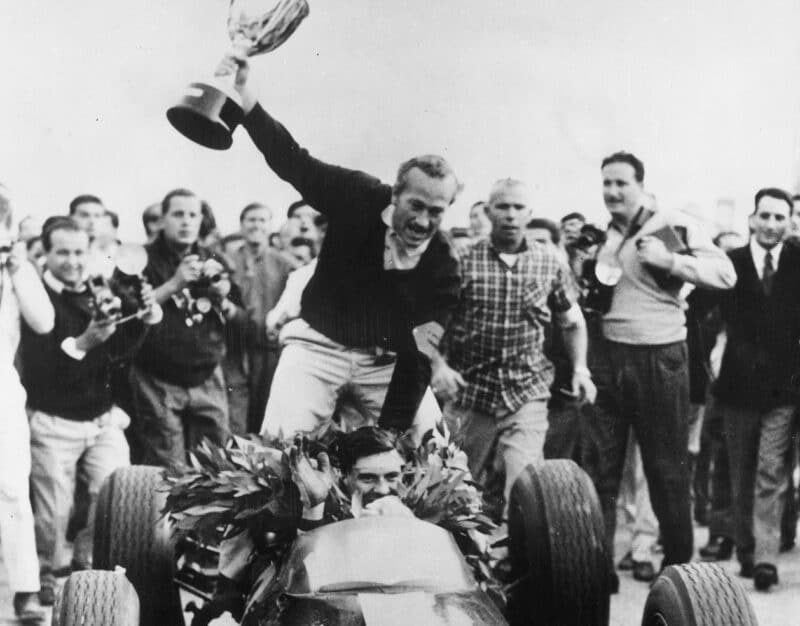His friend, neighbour and fellow farmer Ian Scott Watson, a founder of the Border Motor Racing Club, had lent him the DKW and the Porsche to race and then sold him the latter in order to raise the £1600 necessary to buy the brand-new Elite, which he planned to use as a road car between Clark’s competition activities. They had driven down together in the white 356 from Duns to Mallory, while the cars were transported in a converted Bedford coach (the Lister) and on a trailer behind a farm van (the Lotus) by the mechanics of Border Reivers, the team founded and sponsored by Jock McBain, a Ford dealer with a garage near the Clark farm.
It was while Clark had been buying farm equipment from McBain that the two men chatted about their mutual obsession and forged the link that would provide the young driver with the first significant platform for his talent. Border Reivers had been set up to rival David Murray’s Ecurie Ecosse, and after Clark had spent the 1958 season at the wheel of the team’s D-type Jaguar, McBain bought the Lister as an upgrade for his protégé.
The car had begun life four years earlier with a Bristol engine. First owned by Austin Nurse, a Birmingham garage owner, it enjoyed success in the hands of various drivers, including Roy Salvadori. After a bad crash with Nurse at the wheel during the support race for the 1956 British GP at Silverstone, it was rebuilt for the following year with a new frame, a Jaguar engine and blunt-nosed, chopped-tailed bodywork drawn up by Thom Lucas, Brian Lister’s in-house designer: the burly shape, fabricated in Byfleet by Maurice Gomm, led it to become known as ‘the flat-iron Lister’. It was raced by Bruce Halford, its new owner, and Archie Scott Brown, the legendary Lister exponent.
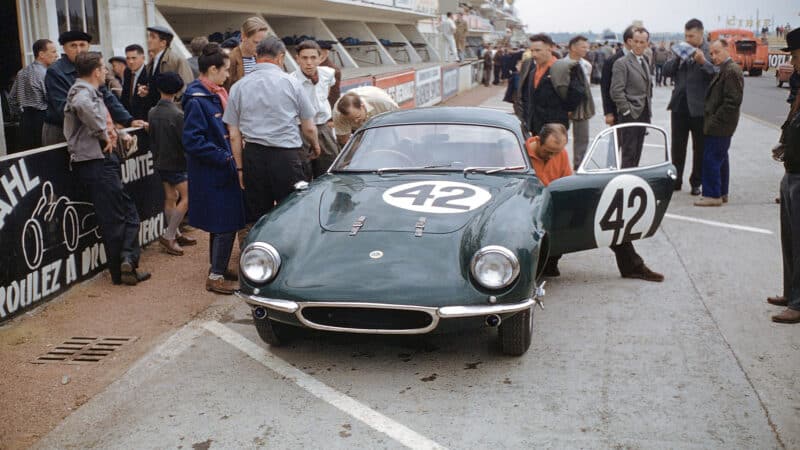
At Le Mans in 1959
Getty Images
At Le Mans in 1958, in the hands of Halford and Brian Naylor, it was running promisingly in sixth place as night fell before a succession of problems dropped it to 15th at the finish.
McBain paid Halford about £1500 for the car, and Clark went down to Luton (with Ian Scott Watson in the Porsche) to pick it up. He drove the Lister the 280 miles back to Duns in his stockinged feet, since the pedals were too close to permit the wearing of shoes. It was a Sunday morning and, near the USAF base at Huntingdon, he put his foot down to overtake a serviceman in a Ford Thunderbird. This was six years before the imposition of an overall 70mph limit, and anyway the car had no speedometer, but he saw 5500 on the rev counter and calculated that it meant he must have been doing 150mph.
